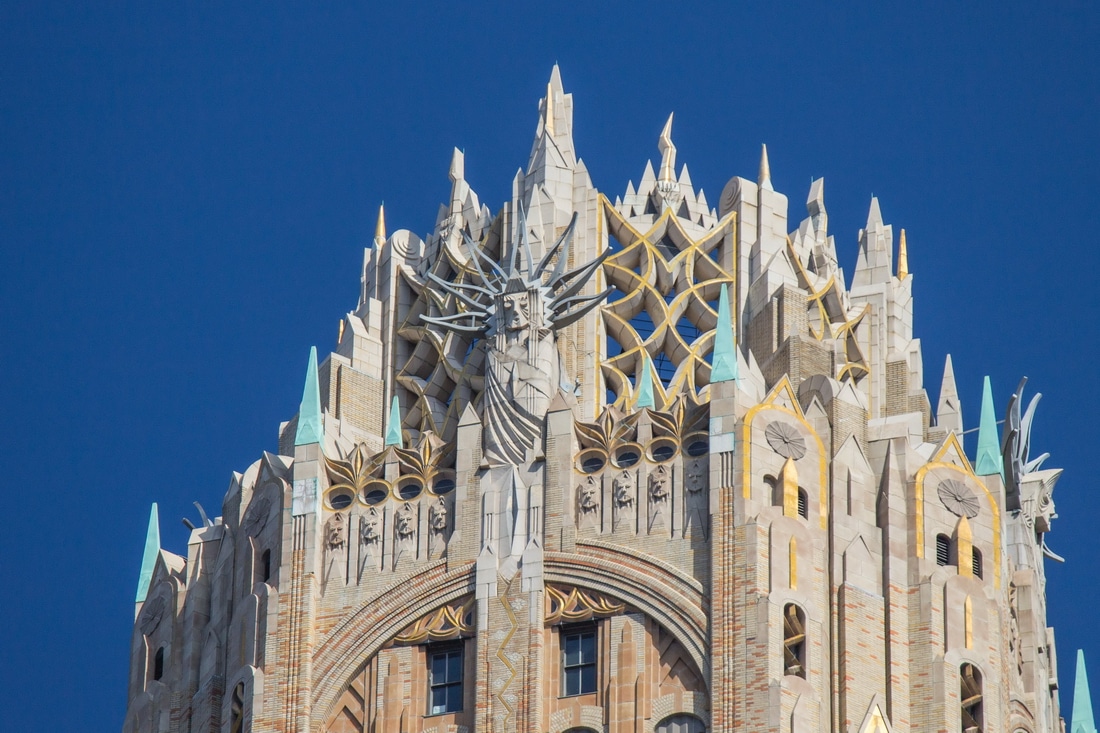
General Electric Building (1931), 570 Lexington Avenue at E 51st Street. Architect: Cross & Cross.
After taking a few thousand photos, I can share a few observations about photography in The Big Apple.
- Traffic is ugly. Cars, trucks, and buses are constantly getting in the way of your picture. Traffic signs and traffic lights are even worse – they never move out of the way. The only cure for parked cars is to make note of the alternate-side-of-the-street-parking signs: They’ll tell you when one side of the street is supposed to be clear for the street sweepers, so you should be able to get a clear shot. But if you’re patient, you’ll usually find breaks in traffic that give you a clear shot of a building. At street corners, moving a few feet closer to a building can clear traffic lights and signs from your picture.
This site: www.nycdot.info/ maps all of the parking signs! Just zoom in on the location you’re photographing, check the “Parking Signs” checkbox, and then click a sign in front of the building. The resulting popup will show you the parking regulation in effect. - Scaffolding is ugly. New York’s Local Law 11 is intended to ensure that buildings are inspected and repaired often enough to prevent bricks and gargoyles from falling on tourists. This actually happened once, and the city naturally overreacted. Now, building facades must be inspected every five years; Local Law 11 could also be named the Scaffold Workers Full Employment Act. Ironically, more people are now injured each year by scaffold accidents than were previously hurt by falling bricks. Go figure. Meanwhile, that gorgeous building you want to photograph may be wrapped in pipes and boards. Come back in six months.
- Beware the tripod police. Over-zealous building security folks can go crazy when they see you aim a camera at their building. Especially if you’re using a tripod. Serious photographers use tripods, but the uninformed and uniformed assume that all tripod users are either professionals who need a permit, or terrorists who need to be locked up. For the record, tripods and still photography are completely legal without permit for professionals and non-professionals, as long as you’re on public property and aren’t claiming exclusive use of the street or sidewalk. If you’re shooting and moving, you’re OK. [ See and print out NYC photo permits – paragraph 3. I carry this with me and show it to police or whoever else questions me. ]
- New York buildings are big. And close together. Which means that if you’re trying to capture whole buildings in a single shot, a wide-angle lens (or wide-angle zoom) will really come in handy. Of course a telephoto lens also comes in handy, for cross-river shots or even capturing building details from across the street. This is where a super-zoom point-and-shoot like the Canon SX40 can leave a DSLR in the dust. You might also try for a vertical panorama – capture horizontal slices of a building, then stack and stitch the photos together using your favorite panorama software.
- The most important ingredient is LIGHT. To capture the detail and texture of brick and stone, strong direct lighting is best. You need to have the sun in the right place – which only happens at certain times of the day. There’s a web site that will show you the best time to shoot (weather permitting): SunCalc.net. If you follow the link, you’ll see the setup for shooting the Studio Building on March 13, 2015. It uses Google Map as a base; you can set any date and time to see the direction of the sun.




![New York by Gehry: NYG_0009 [] New York by Gehry: NYG_0009 []](https://www.newyorkitecture.com/wp-content/gallery/new-york-by-gehry/NYG_0009.jpg)
![New York by Gehry: NYG_0014 [] New York by Gehry: NYG_0014 []](https://www.newyorkitecture.com/wp-content/gallery/new-york-by-gehry/NYG_0014.jpg)
![New York by Gehry: NYG_0010 [] New York by Gehry: NYG_0010 []](https://www.newyorkitecture.com/wp-content/gallery/new-york-by-gehry/NYG_0010.jpg)
![New York by Gehry: NYG_0008 [] New York by Gehry: NYG_0008 []](https://www.newyorkitecture.com/wp-content/gallery/new-york-by-gehry/NYG_0008.jpg)





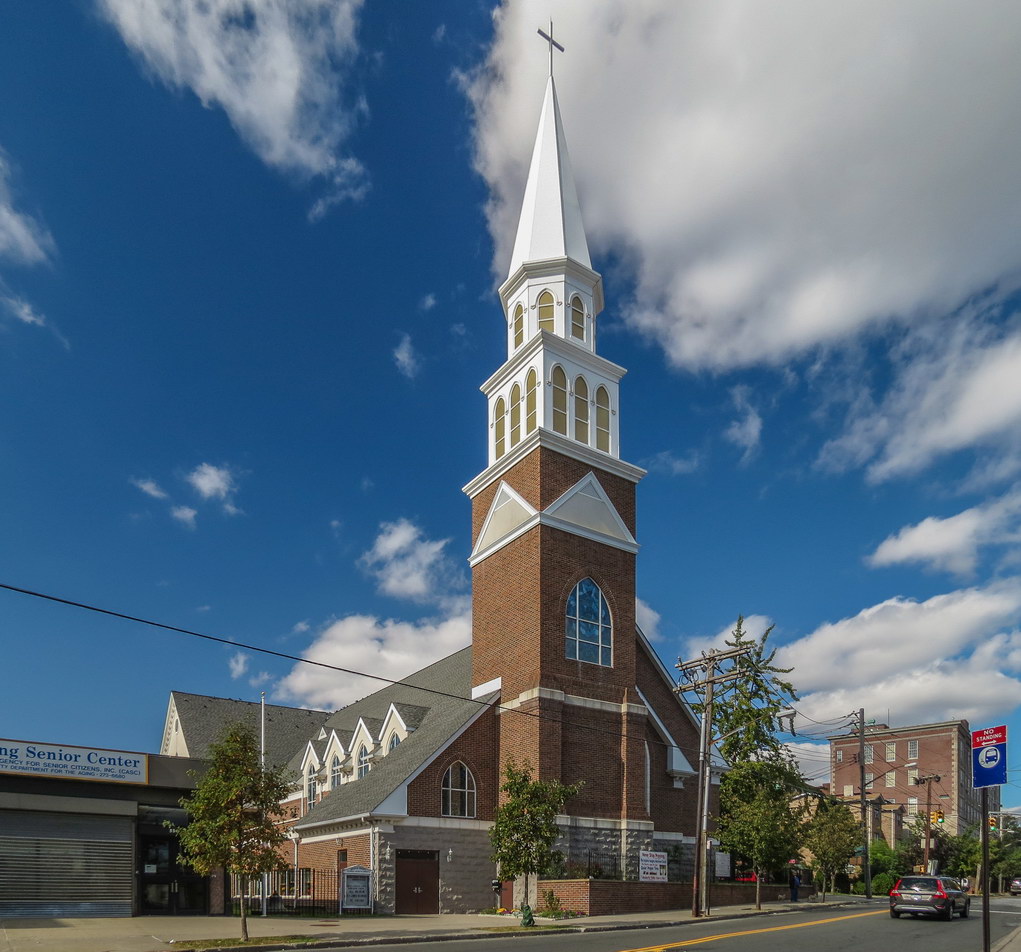



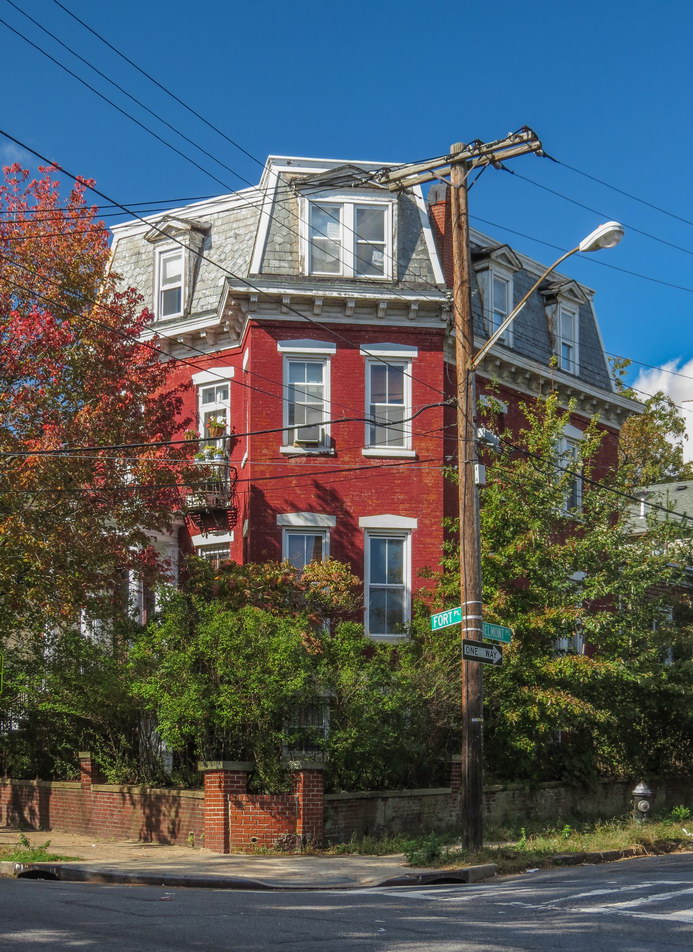

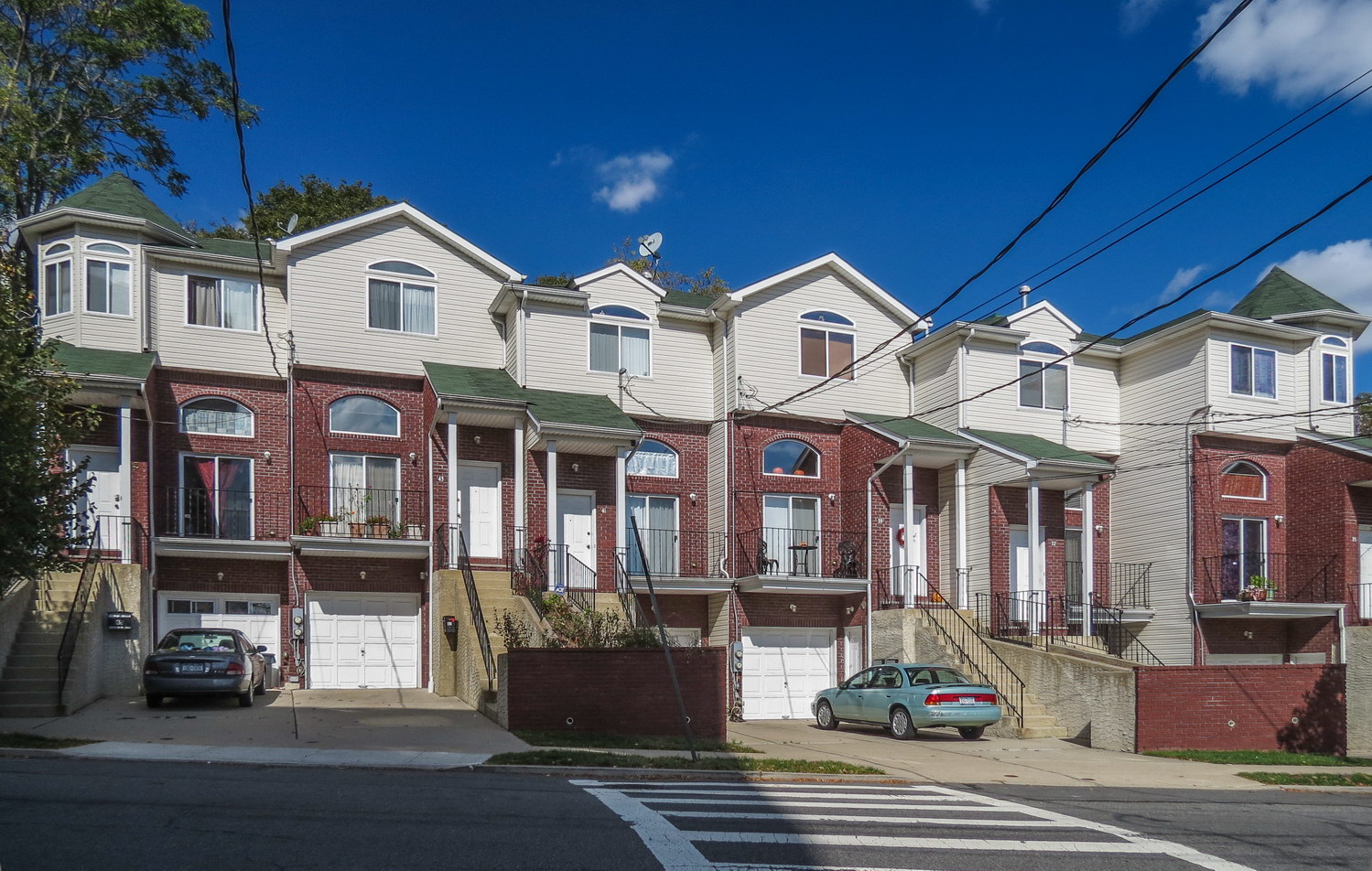




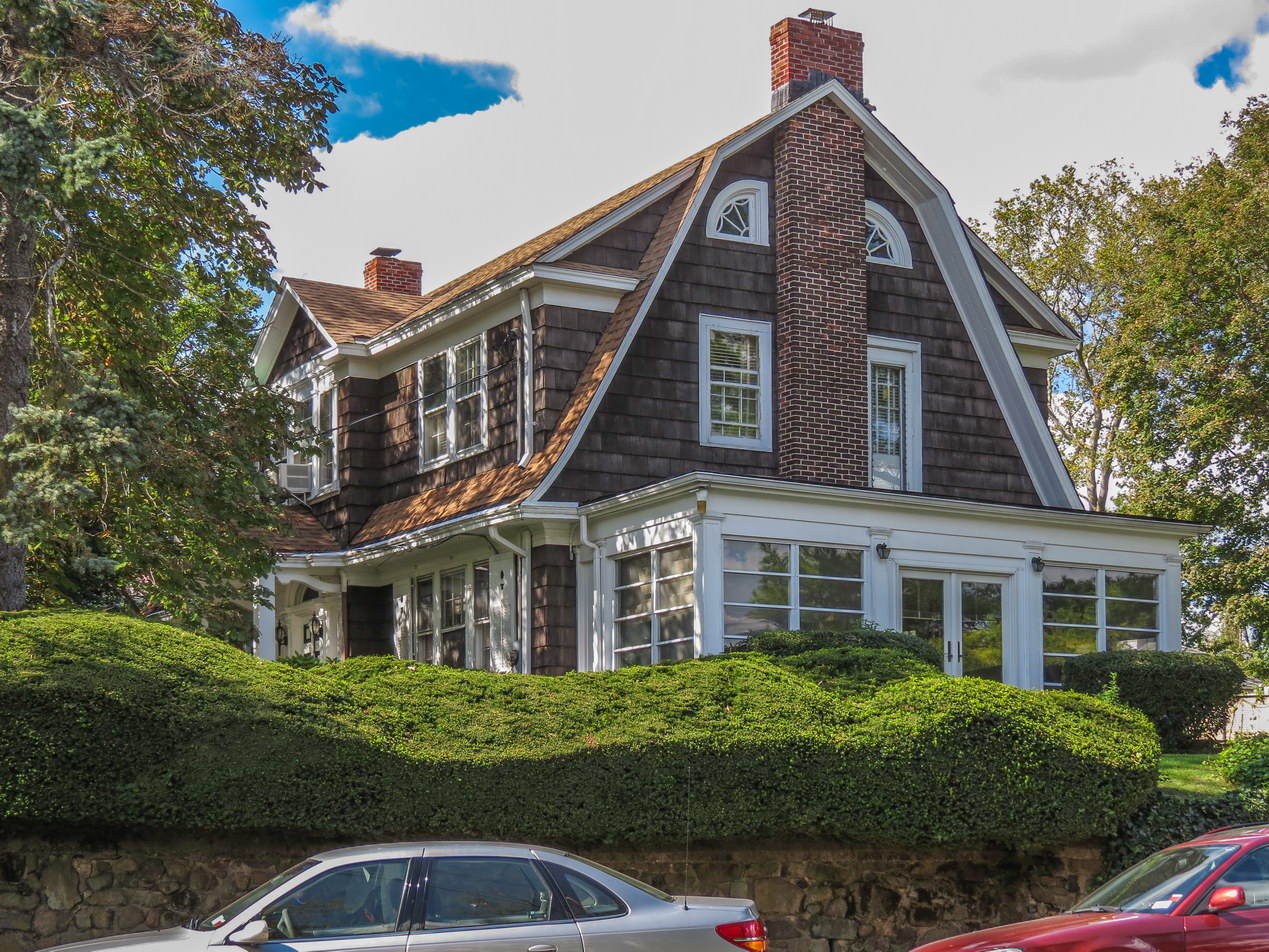

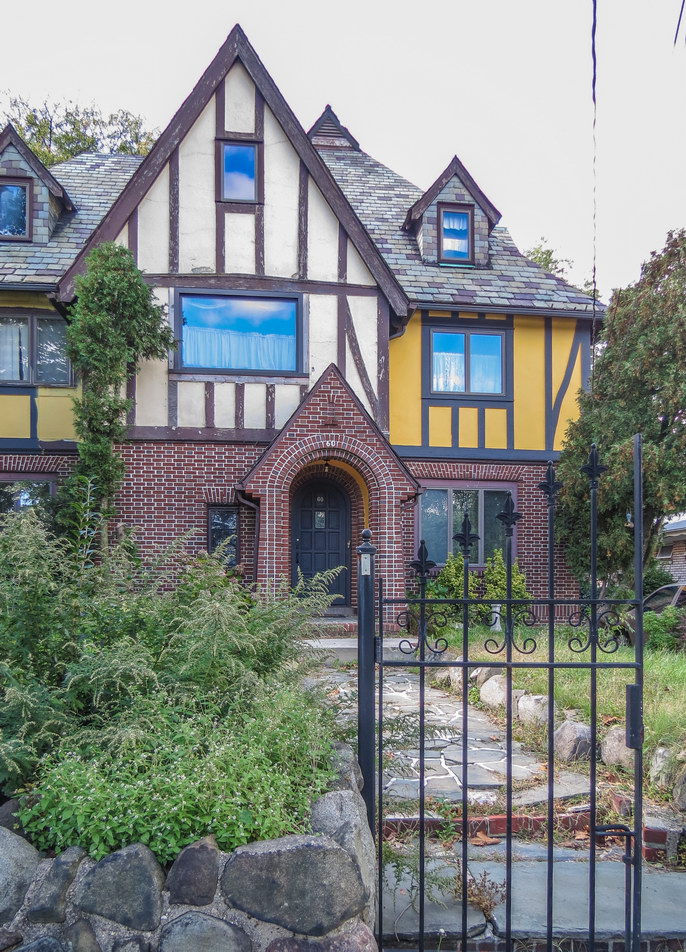

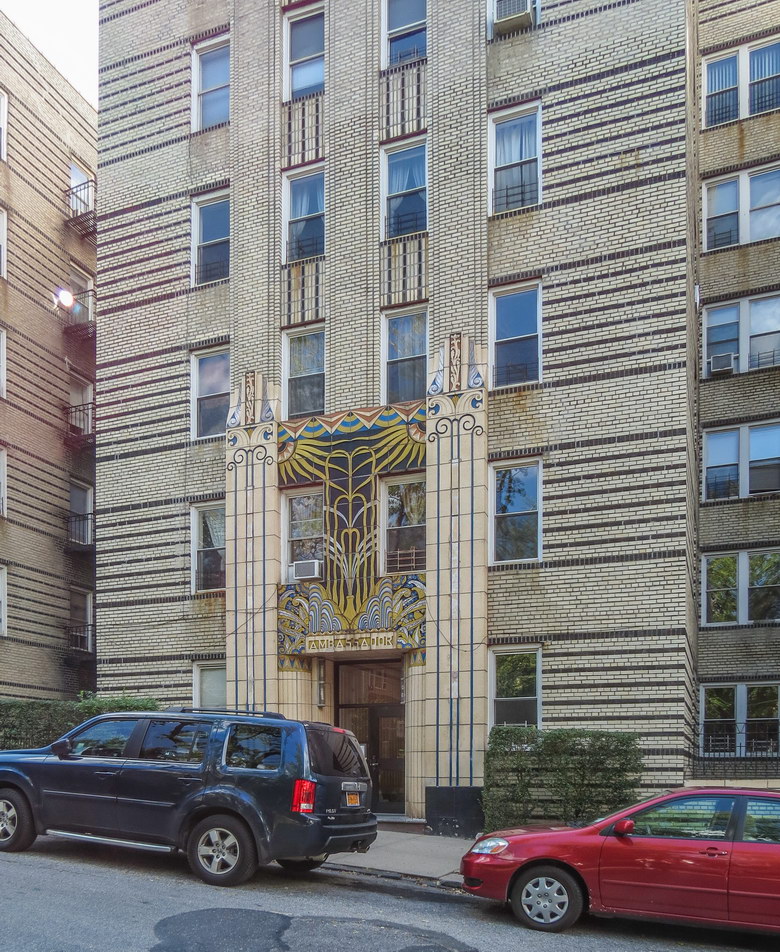
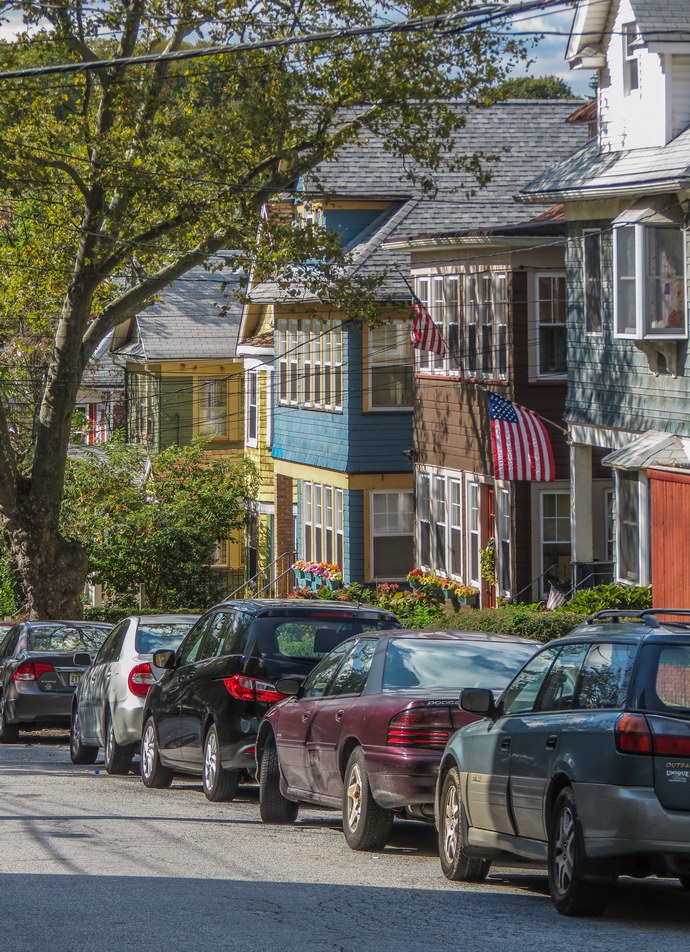
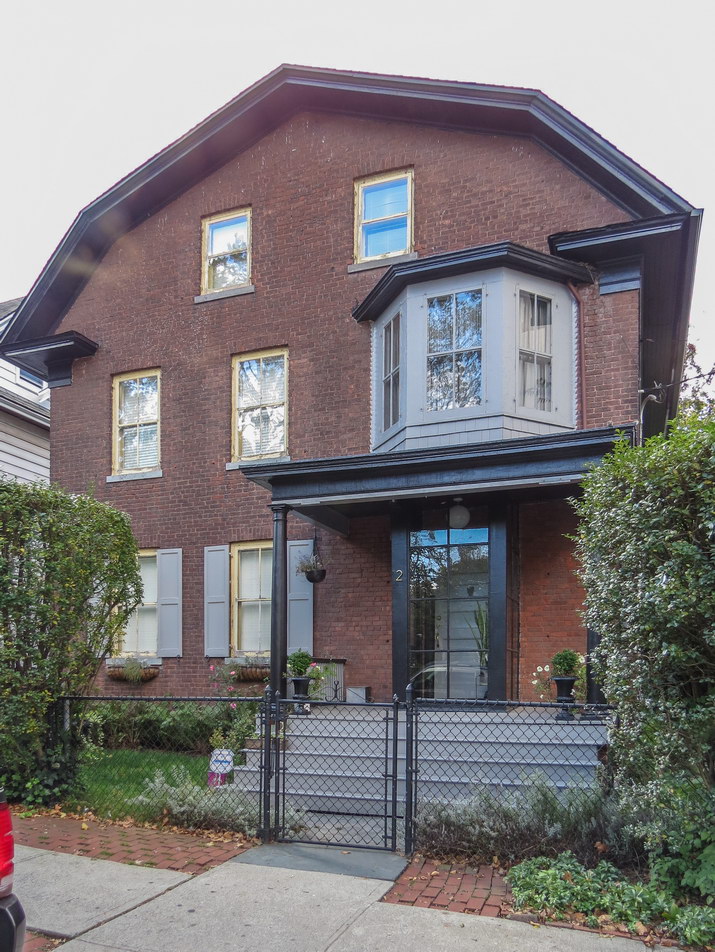







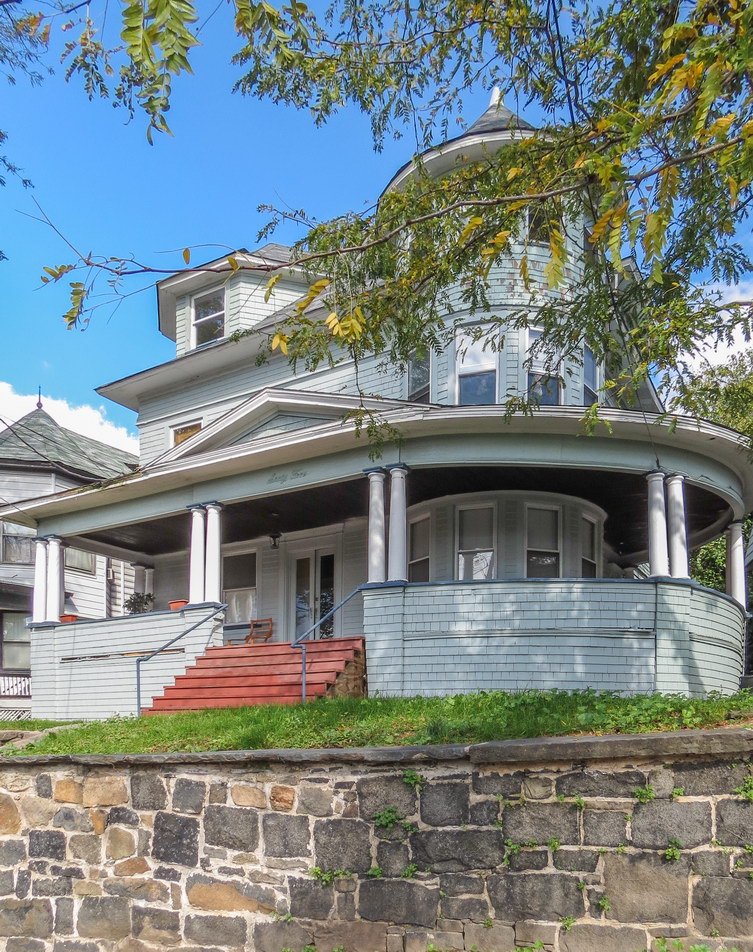







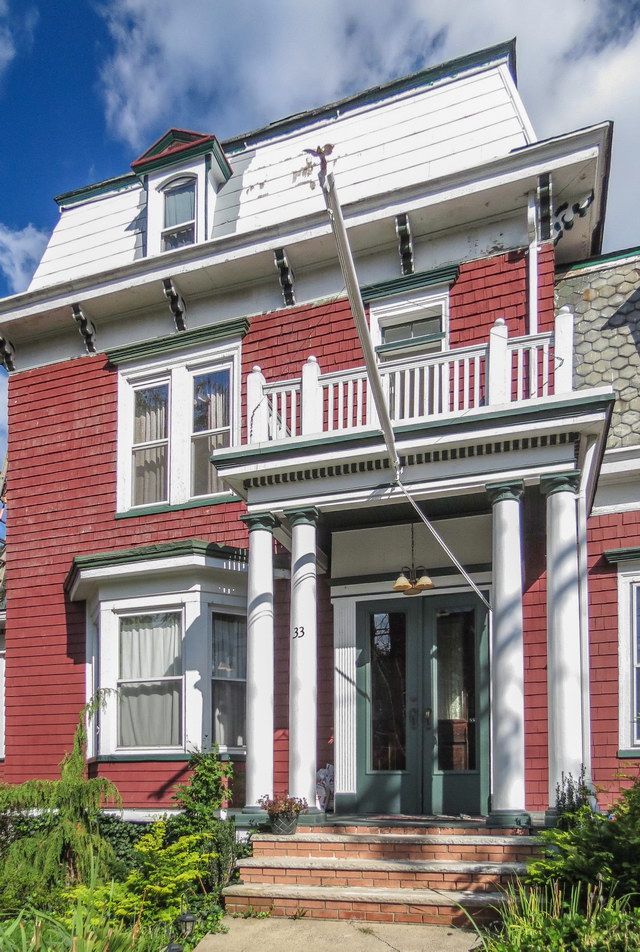
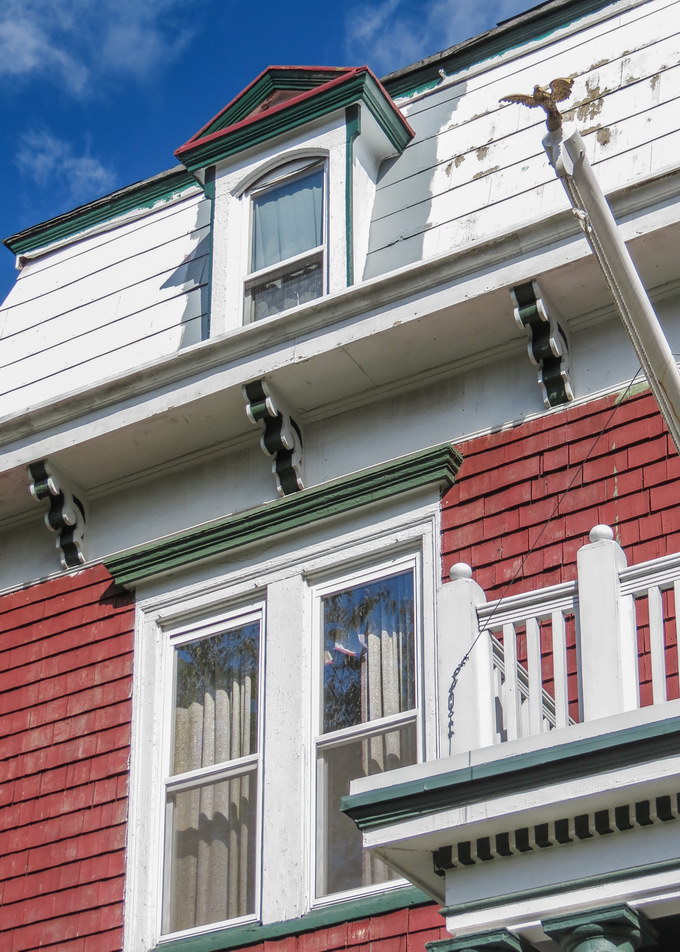
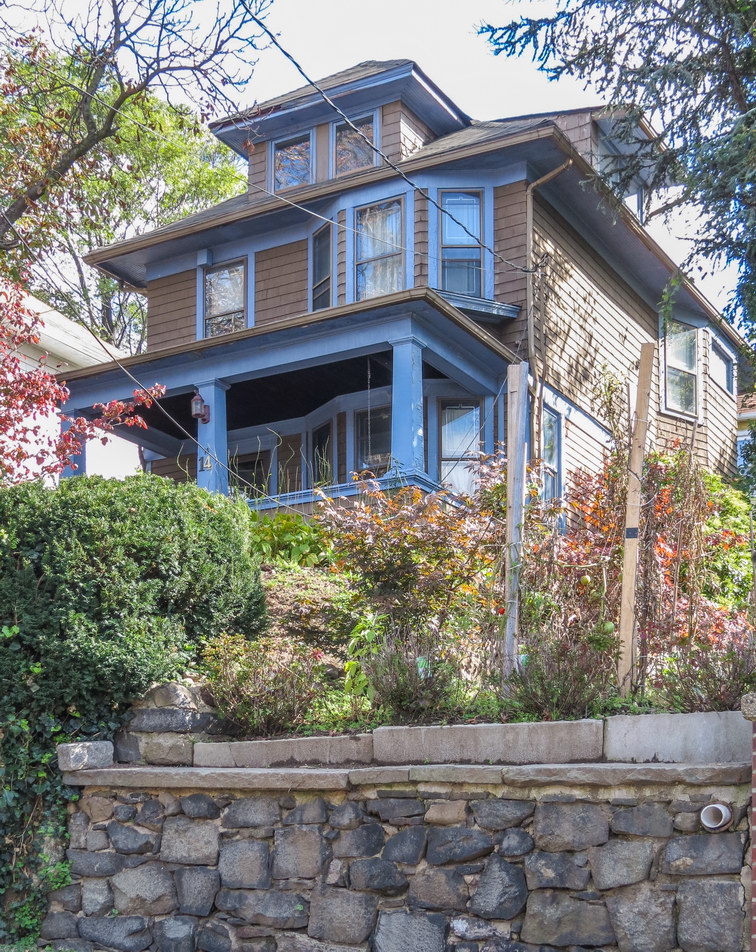

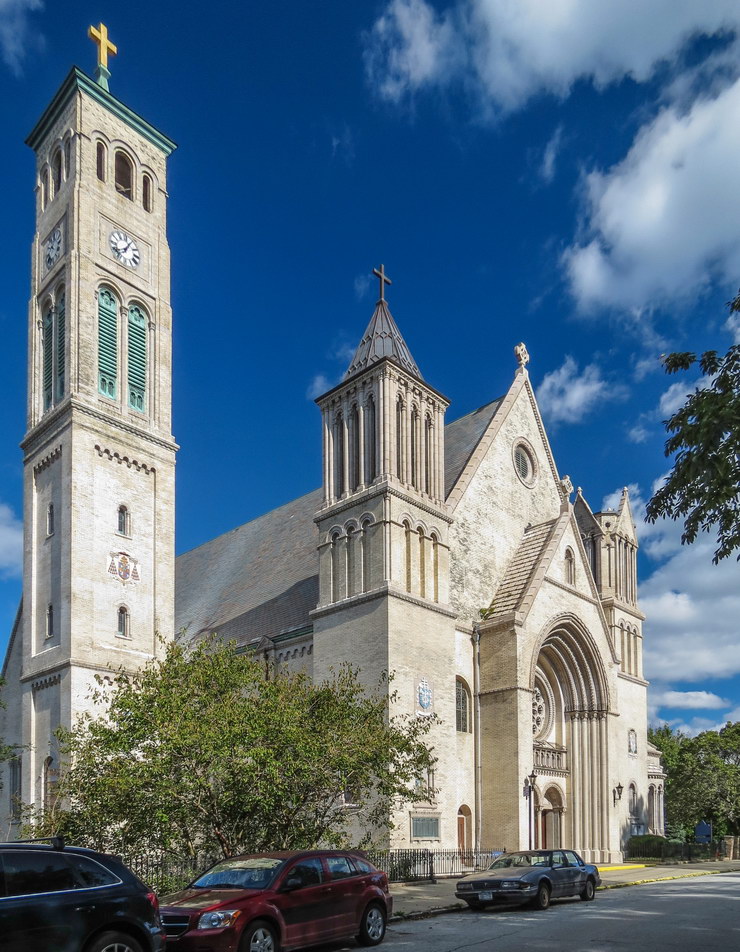










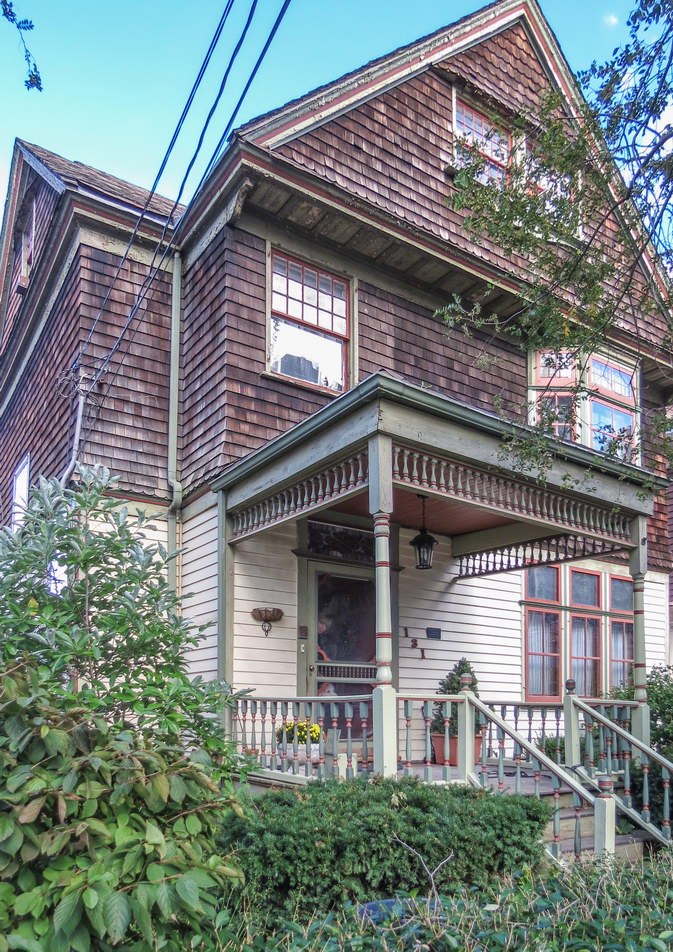










![Faces of Brooklyn: Face19 [] Faces of Brooklyn: Face19 []](https://www.newyorkitecture.com/wp-content/gallery/faces-of-brooklyn/Face19.jpg)
![Faces of Brooklyn: Face20 [] Faces of Brooklyn: Face20 []](https://www.newyorkitecture.com/wp-content/gallery/faces-of-brooklyn/Face20.jpg)
![Faces of Brooklyn: Face21 [] Faces of Brooklyn: Face21 []](https://www.newyorkitecture.com/wp-content/gallery/faces-of-brooklyn/Face21.jpg)
![Faces of Brooklyn: Face22 [] Faces of Brooklyn: Face22 []](https://www.newyorkitecture.com/wp-content/gallery/faces-of-brooklyn/Face22.jpg)
![Faces of Brooklyn: Face23 [] Faces of Brooklyn: Face23 []](https://www.newyorkitecture.com/wp-content/gallery/faces-of-brooklyn/Face23.jpg)
![Faces of Brooklyn: Face24 [] Faces of Brooklyn: Face24 []](https://www.newyorkitecture.com/wp-content/gallery/faces-of-brooklyn/Face24.jpg)
![Faces of Brooklyn: Face25 [] Faces of Brooklyn: Face25 []](https://www.newyorkitecture.com/wp-content/gallery/faces-of-brooklyn/Face25.jpg)
![Faces of Brooklyn: Face26 [] Faces of Brooklyn: Face26 []](https://www.newyorkitecture.com/wp-content/gallery/faces-of-brooklyn/Face26.jpg)
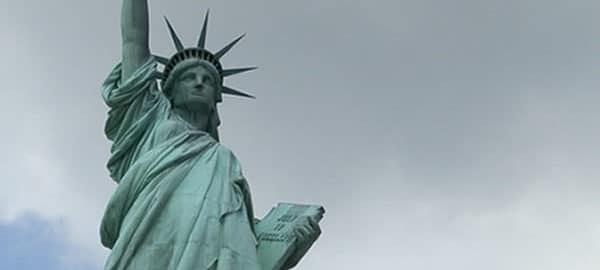


![Western Queens: Q001 [] Western Queens: Q001 []](https://www.newyorkitecture.com/wp-content/gallery/western-queens/Q001.jpg)
![Western Queens: Q002 [] Western Queens: Q002 []](https://www.newyorkitecture.com/wp-content/gallery/western-queens/Q002.jpg)
![Western Queens: Q003 [] Western Queens: Q003 []](https://www.newyorkitecture.com/wp-content/gallery/western-queens/Q003.jpg)
![Western Queens: Q004 [] Western Queens: Q004 []](https://www.newyorkitecture.com/wp-content/gallery/western-queens/Q004.jpg)
![Western Queens: Q005 [] Western Queens: Q005 []](https://www.newyorkitecture.com/wp-content/gallery/western-queens/Q005.jpg)
![Western Queens: Q006 [] Western Queens: Q006 []](https://www.newyorkitecture.com/wp-content/gallery/western-queens/Q006.jpg)
![Western Queens: Q007 [] Western Queens: Q007 []](https://www.newyorkitecture.com/wp-content/gallery/western-queens/Q007.jpg)
![Western Queens: Q007r [] Western Queens: Q007r []](https://www.newyorkitecture.com/wp-content/gallery/western-queens/Q007r.jpg)
![Western Queens: Q008 [] Western Queens: Q008 []](https://www.newyorkitecture.com/wp-content/gallery/western-queens/Q008.jpg)
![Western Queens: Q009 [] Western Queens: Q009 []](https://www.newyorkitecture.com/wp-content/gallery/western-queens/Q009.jpg)
![Western Queens: Q010 [] Western Queens: Q010 []](https://www.newyorkitecture.com/wp-content/gallery/western-queens/Q010.jpg)
![Western Queens: Q011 [] Western Queens: Q011 []](https://www.newyorkitecture.com/wp-content/gallery/western-queens/Q011.jpg)
![Western Queens: Q012 [] Western Queens: Q012 []](https://www.newyorkitecture.com/wp-content/gallery/western-queens/Q012.jpg)
![Western Queens: Q013 [] Western Queens: Q013 []](https://www.newyorkitecture.com/wp-content/gallery/western-queens/Q013.jpg)
![Western Queens: Q014 [] Western Queens: Q014 []](https://www.newyorkitecture.com/wp-content/gallery/western-queens/Q014.jpg)
![Western Queens: Q015 [] Western Queens: Q015 []](https://www.newyorkitecture.com/wp-content/gallery/western-queens/Q015.jpg)
![Western Queens: Q016 [] Western Queens: Q016 []](https://www.newyorkitecture.com/wp-content/gallery/western-queens/Q016.jpg)
![Western Queens: Q017 [] Western Queens: Q017 []](https://www.newyorkitecture.com/wp-content/gallery/western-queens/Q017.jpg)
![Western Queens: Q018 [] Western Queens: Q018 []](https://www.newyorkitecture.com/wp-content/gallery/western-queens/Q018.jpg)
![Western Queens: Q019 [] Western Queens: Q019 []](https://www.newyorkitecture.com/wp-content/gallery/western-queens/Q019.jpg)
![Western Queens: Q020 [] Western Queens: Q020 []](https://www.newyorkitecture.com/wp-content/gallery/western-queens/Q020.jpg)
![Western Queens: Q021 [] Western Queens: Q021 []](https://www.newyorkitecture.com/wp-content/gallery/western-queens/Q021.jpg)
![Western Queens: Q022 [] Western Queens: Q022 []](https://www.newyorkitecture.com/wp-content/gallery/western-queens/Q022.jpg)
![Western Queens: Q023 [] Western Queens: Q023 []](https://www.newyorkitecture.com/wp-content/gallery/western-queens/Q023.jpg)
![Western Queens: Q024 [] Western Queens: Q024 []](https://www.newyorkitecture.com/wp-content/gallery/western-queens/Q024.jpg)
![Western Queens: Q025 [] Western Queens: Q025 []](https://www.newyorkitecture.com/wp-content/gallery/western-queens/Q025.jpg)
![Western Queens: Q026 [] Western Queens: Q026 []](https://www.newyorkitecture.com/wp-content/gallery/western-queens/Q026.jpg)
![Western Queens: Q027 [] Western Queens: Q027 []](https://www.newyorkitecture.com/wp-content/gallery/western-queens/Q027.jpg)
![Western Queens: Q028 [] Western Queens: Q028 []](https://www.newyorkitecture.com/wp-content/gallery/western-queens/Q028.jpg)
![Western Queens: Q029 [] Western Queens: Q029 []](https://www.newyorkitecture.com/wp-content/gallery/western-queens/Q029.jpg)
![Western Queens: Q030 [] Western Queens: Q030 []](https://www.newyorkitecture.com/wp-content/gallery/western-queens/Q030.jpg)
![Western Queens: Q031 [] Western Queens: Q031 []](https://www.newyorkitecture.com/wp-content/gallery/western-queens/Q031.jpg)
![Western Queens: Q032 [] Western Queens: Q032 []](https://www.newyorkitecture.com/wp-content/gallery/western-queens/Q032.jpg)
![Western Queens: Q033 [] Western Queens: Q033 []](https://www.newyorkitecture.com/wp-content/gallery/western-queens/Q033.jpg)
![Western Queens: Q034 [] Western Queens: Q034 []](https://www.newyorkitecture.com/wp-content/gallery/western-queens/Q034.jpg)
![Western Queens: Q035 [] Western Queens: Q035 []](https://www.newyorkitecture.com/wp-content/gallery/western-queens/Q035.jpg)
![Western Queens: Q036 [] Western Queens: Q036 []](https://www.newyorkitecture.com/wp-content/gallery/western-queens/Q036.jpg)
![Western Queens: Q037 [] Western Queens: Q037 []](https://www.newyorkitecture.com/wp-content/gallery/western-queens/Q037.jpg)
![Western Queens: Q038 [] Western Queens: Q038 []](https://www.newyorkitecture.com/wp-content/gallery/western-queens/Q038.jpg)
![Western Queens: Q039 [] Western Queens: Q039 []](https://www.newyorkitecture.com/wp-content/gallery/western-queens/Q039.jpg)
![Western Queens: Q040 [] Western Queens: Q040 []](https://www.newyorkitecture.com/wp-content/gallery/western-queens/Q040.jpg)
![Western Queens: Q041 [] Western Queens: Q041 []](https://www.newyorkitecture.com/wp-content/gallery/western-queens/Q041.jpg)
![Western Queens: Q042 [] Western Queens: Q042 []](https://www.newyorkitecture.com/wp-content/gallery/western-queens/Q042.jpg)
![Western Queens: Q043 [] Western Queens: Q043 []](https://www.newyorkitecture.com/wp-content/gallery/western-queens/Q043.jpg)
![Western Queens: Q044 [] Western Queens: Q044 []](https://www.newyorkitecture.com/wp-content/gallery/western-queens/Q044.jpg)
You must be logged in to post a comment.